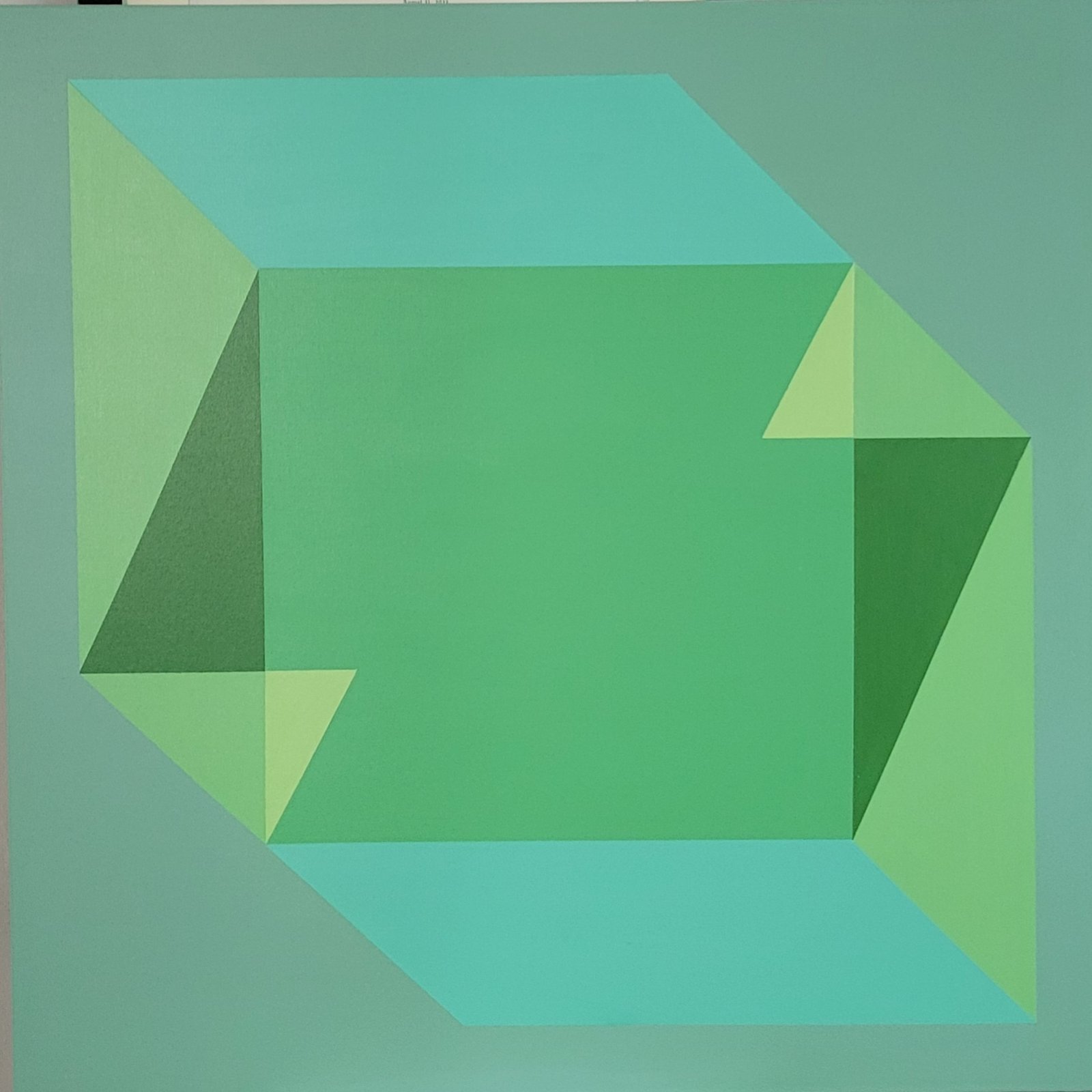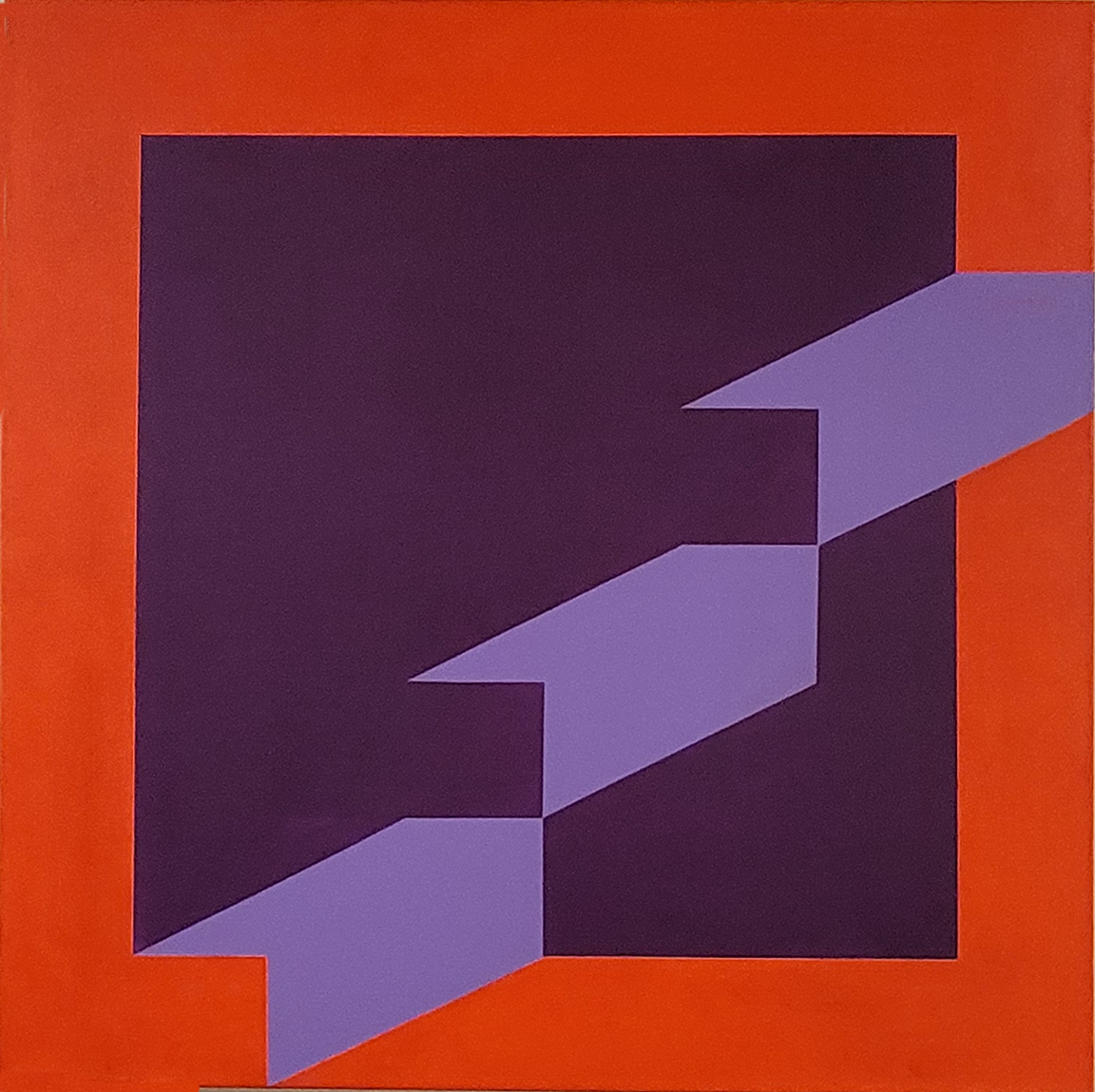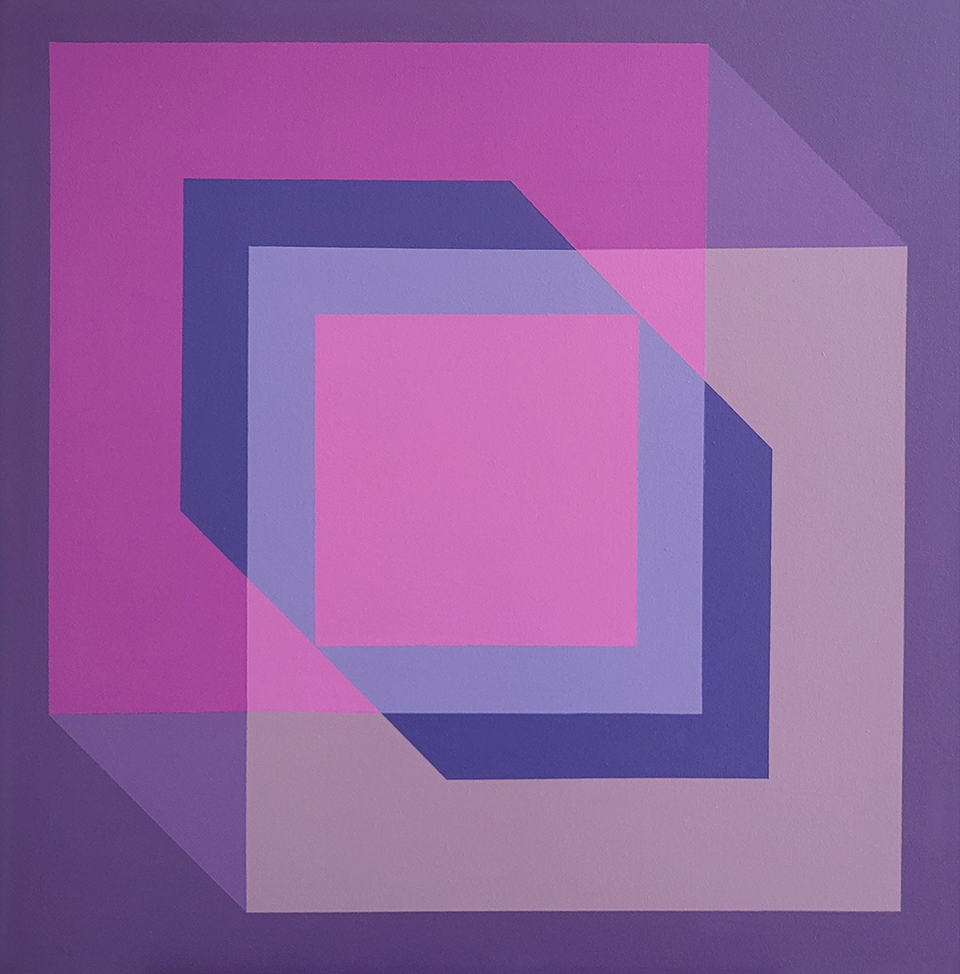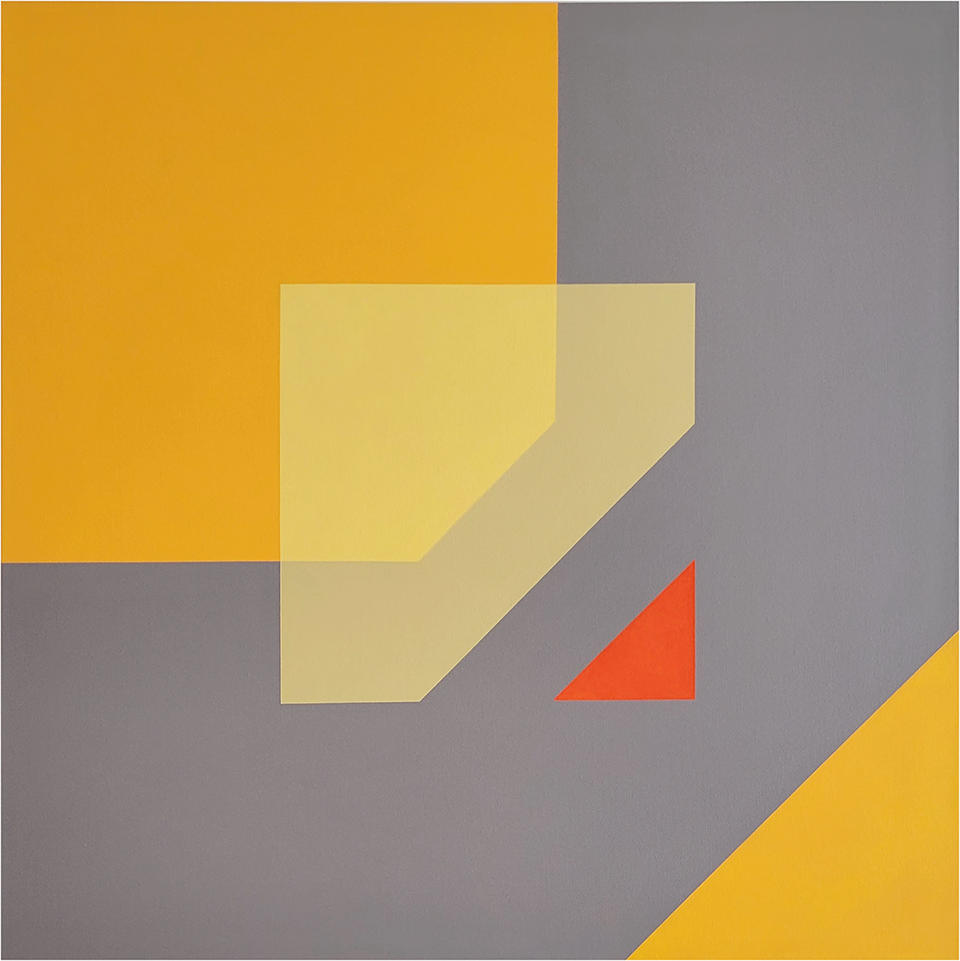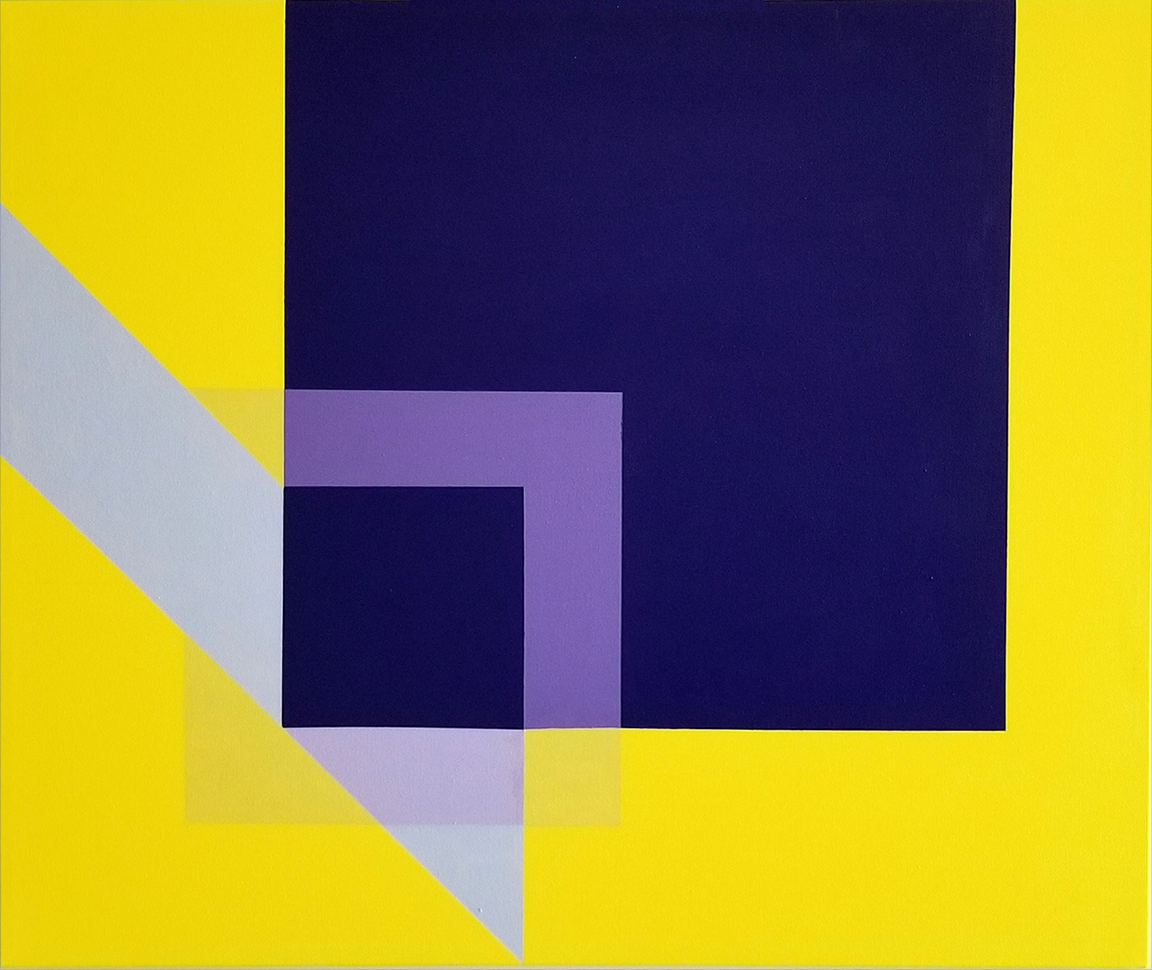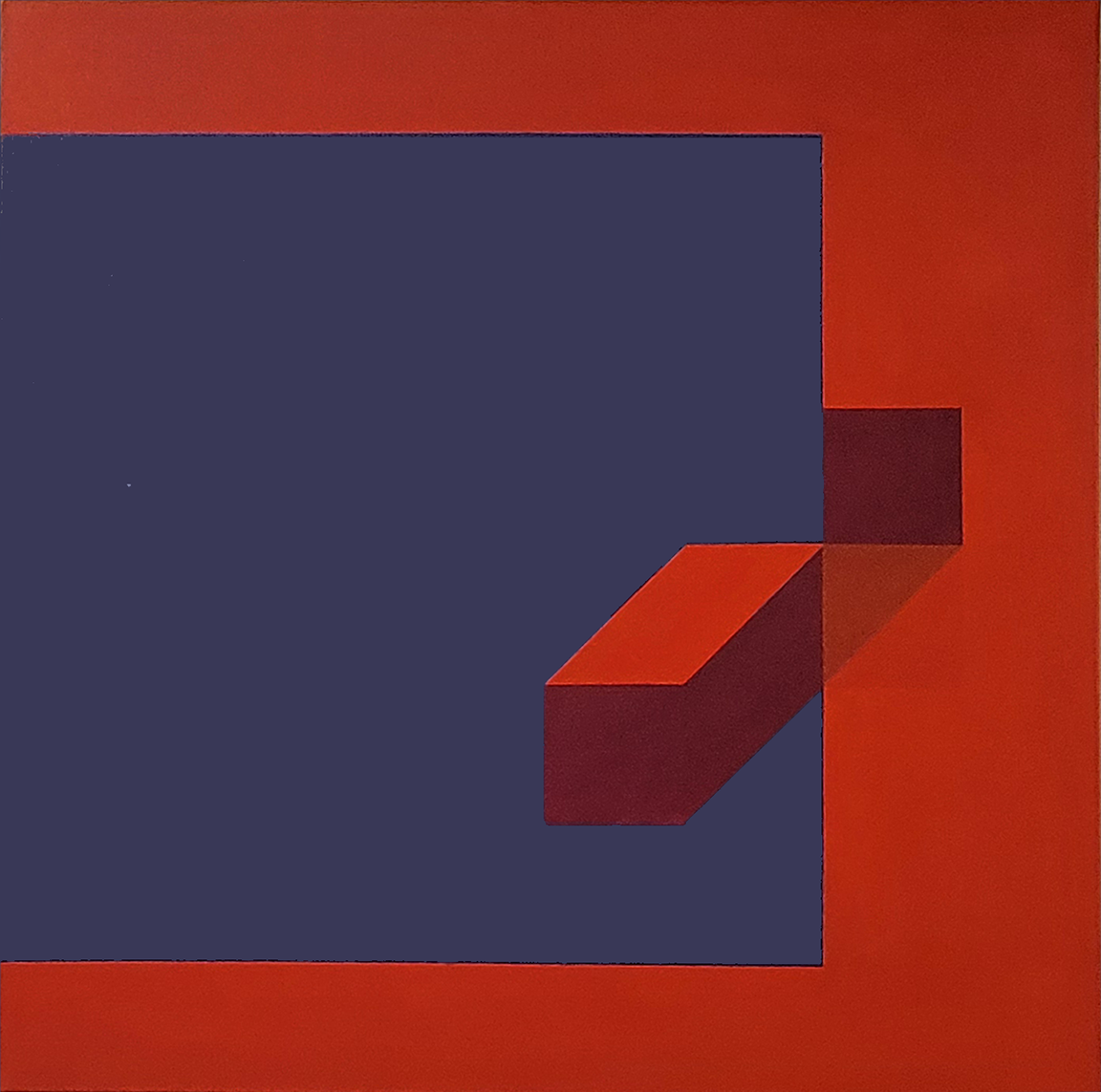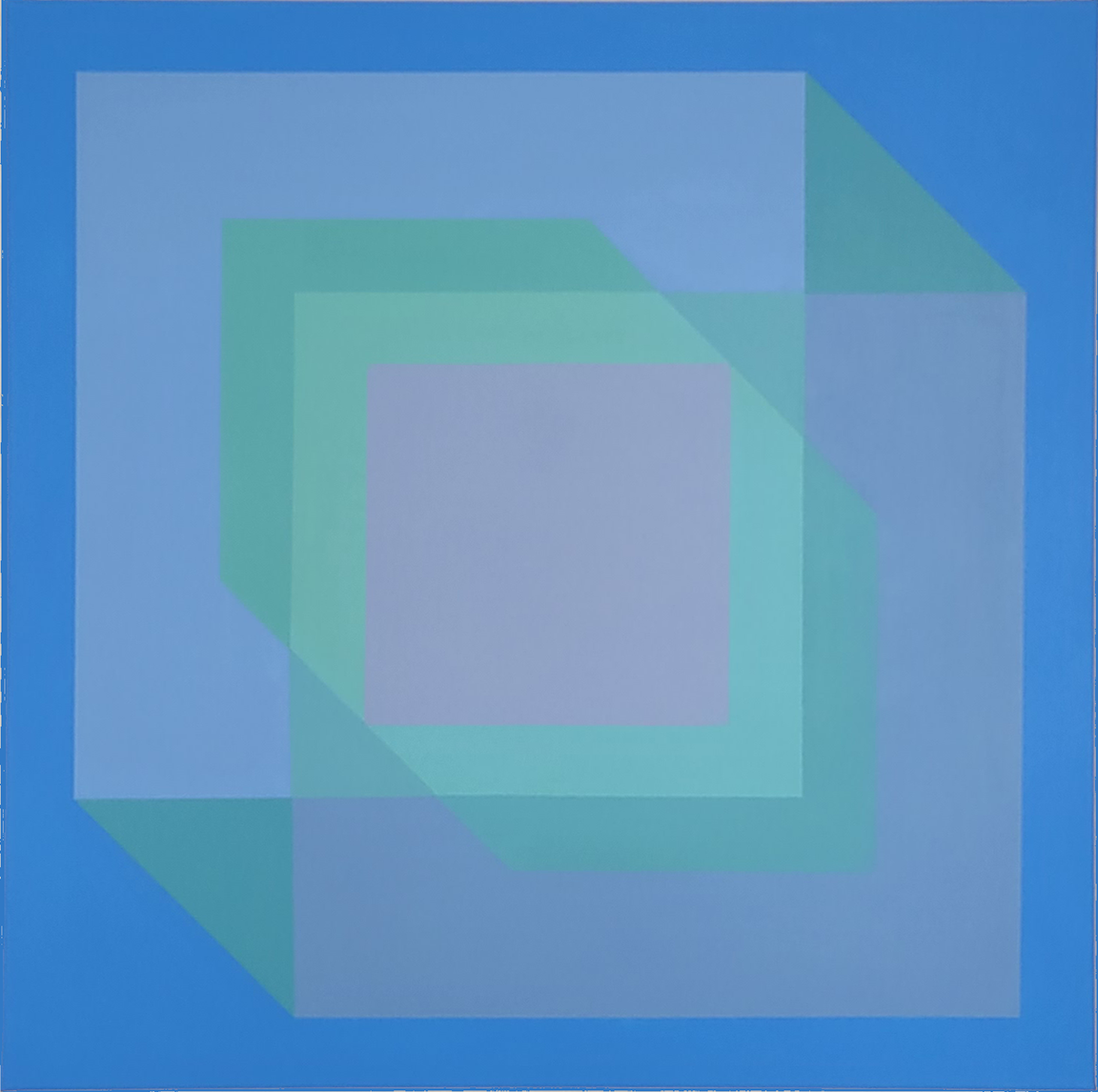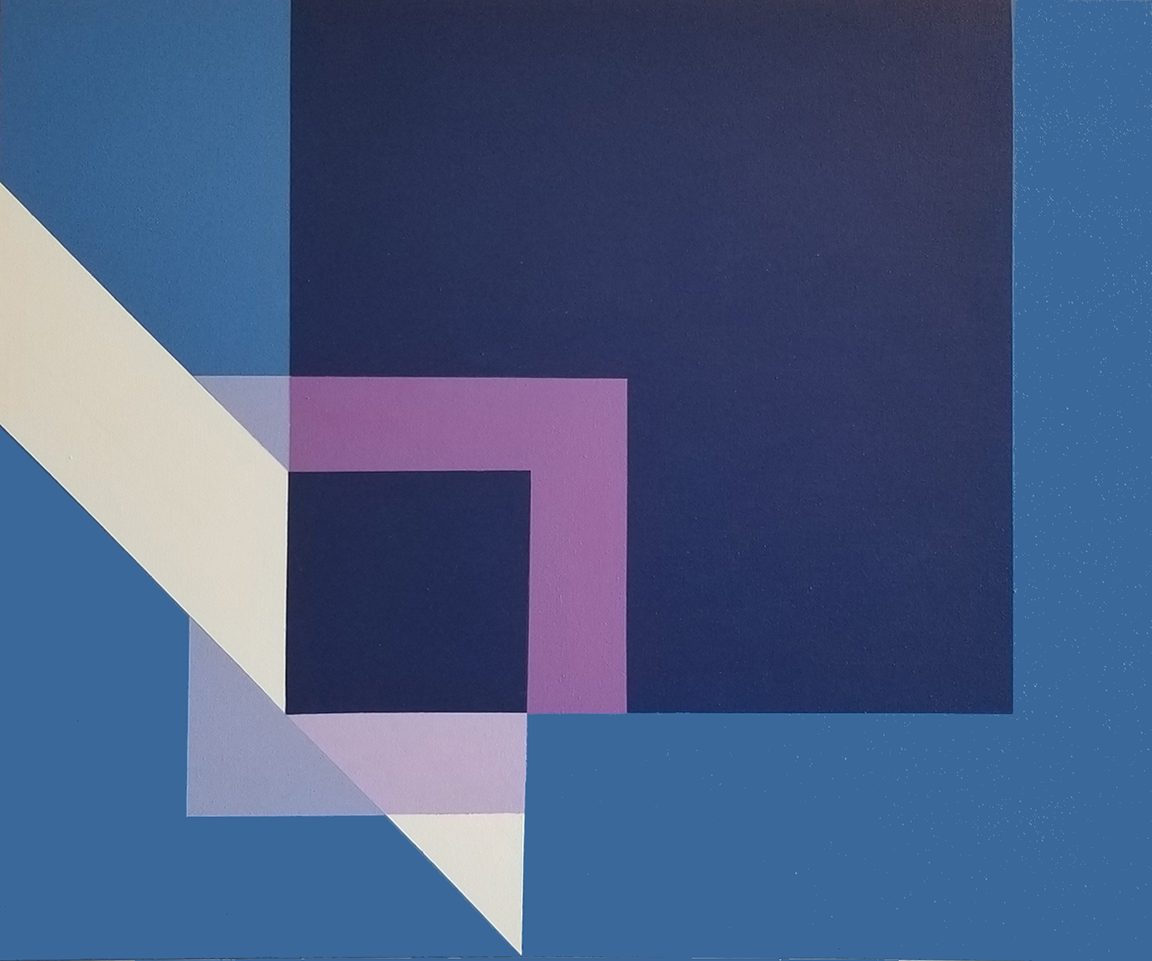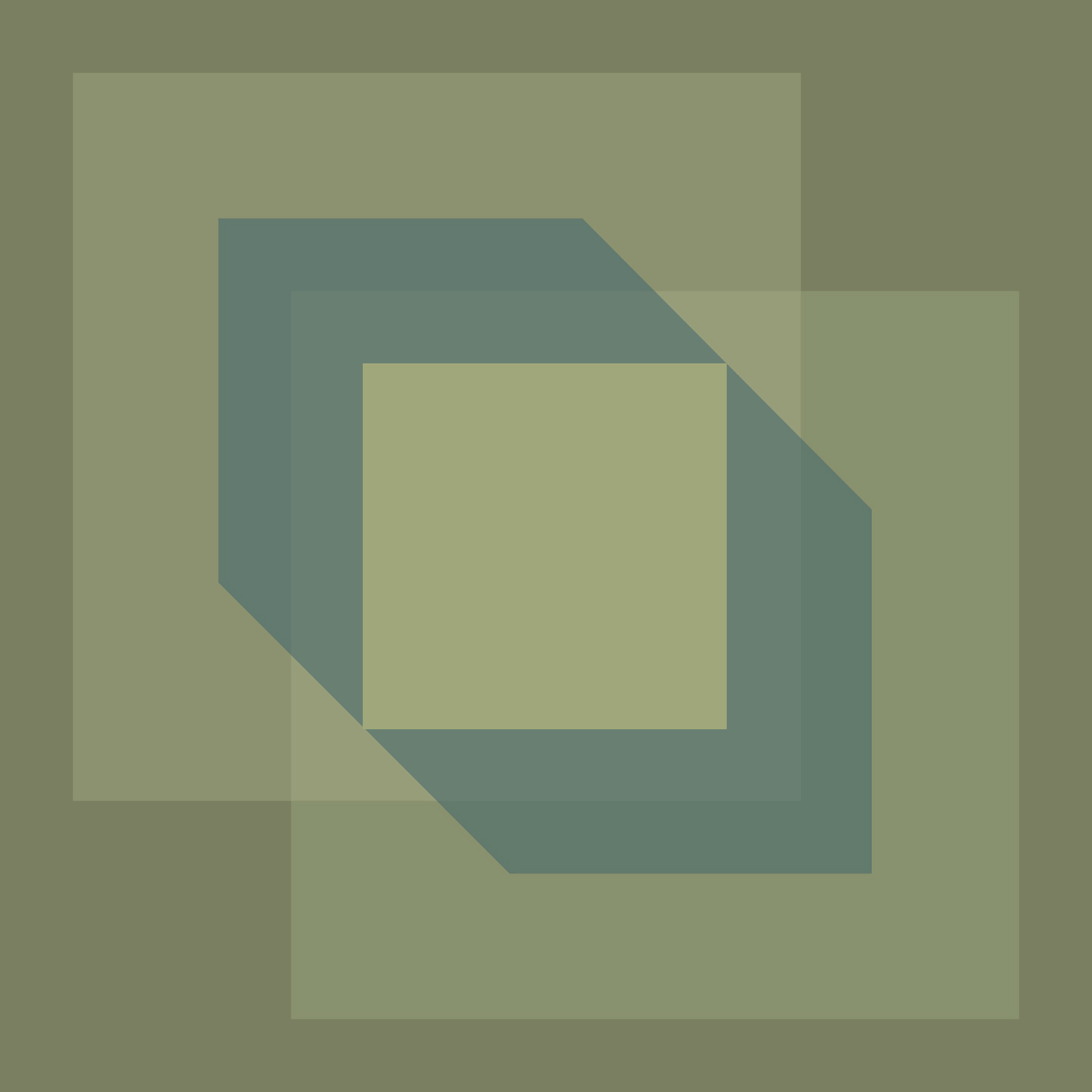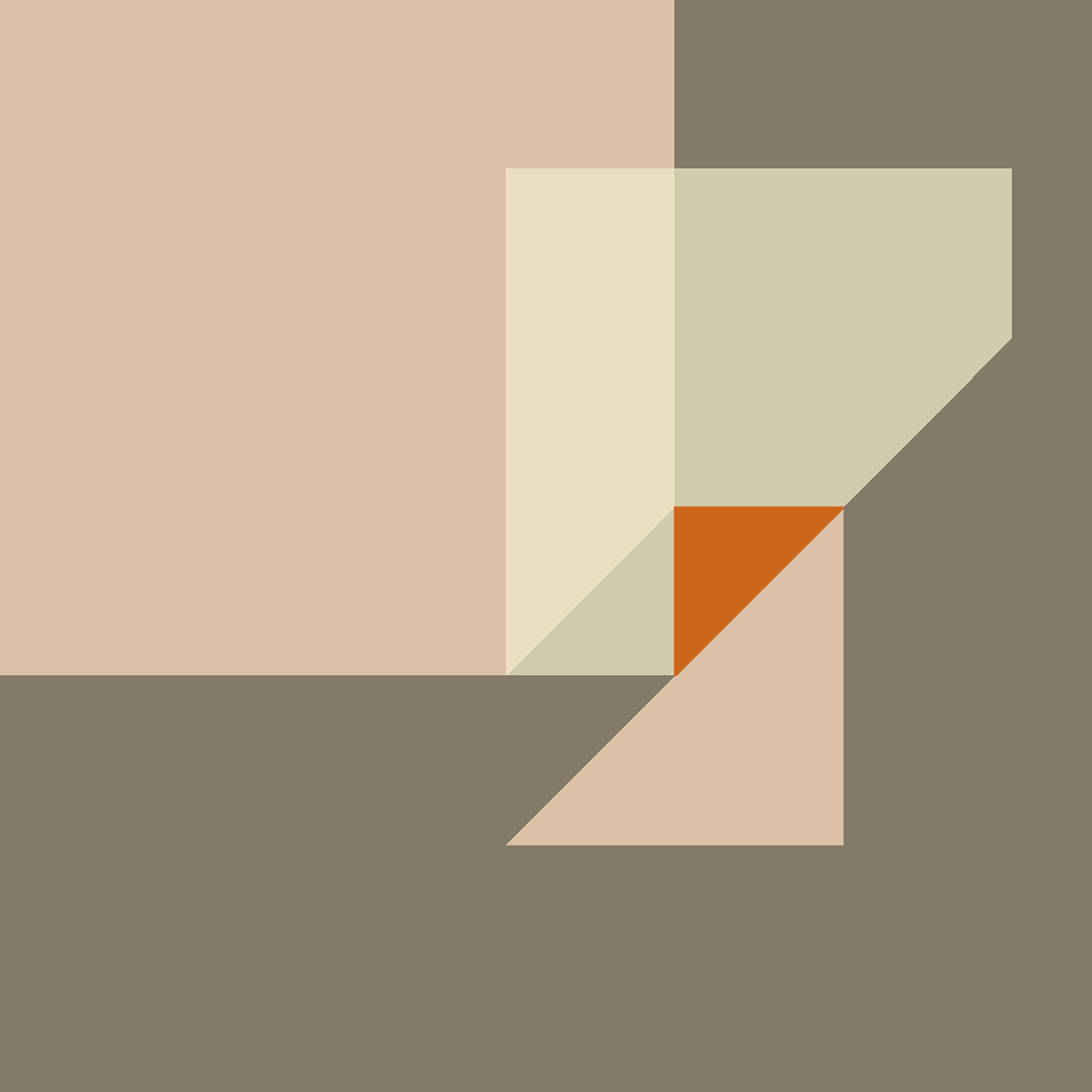EDUARDO OROZCO
Santa Bárbara, Monagas, 1945

Eduardo Orozco
Eduardo Orozco: Geometry, Method, and Contemplation
The work of Eduardo Orozco (Santa Bárbara, Monagas, 1945) stands as one of the most rigorous and sustained inquiries within Latin American geometric abstraction. He has constructed a refined and coherent visual language in which the square emerges as module, structure, and active principle of his pictorial exploration.
From the beginning, Orozco has conceived painting as a space for visual thought—removed from narrative and emotional expression, and instead grounded in the logic of relationships: color, proportion, rhythm, and spatial tension. In this context, the square is not merely a form but a methodology. It serves as an organizing matrix, a starting point for chromatic and compositional variations, and a field for perceptual inquiry.
His practice is akin to that of a musical composer working with scales and structures. Orozco builds sequences, minimal displacements, and modular shifts that give rise to quiet yet vibrant works, where every decision results from a meticulous analytical process, refined through discipline and experience.
Throughout various series, the artist has explored the possibilities of color as both an optical and constructive phenomenon, always maintaining an economy of means that enhances the perceptual intensity of each piece. His is a painting that calls for attention and pause, revealing in its apparent simplicity a complex web of equilibrium, inner tensions, and visual subtleties.
Far from replicating established models, Orozco has forged a unique path within both the European and Latin American geometric traditions. His work resists spectacle and excess, offering instead an intellectual and sensory experience that activates the eye, the mind, and the structure in a sustained and silent dialogue.
In an age dominated by immediacy and visual saturation, Eduardo Orozco’s work reminds us that art can also be an exercise in precision, order, and clarity. His paintings invite us to reconsider the act of looking as a critical and contemplative gesture, where the seemingly simple square becomes, in his hands, an infinite field of visual thought.
Work
FEATURED WORK
Transparencia Verde
Cubo Azul. Acrílico/canvas.
30×30” (76cmsx76 cms)
Planos en amarillo. Acrílico/
canvas. 24×24” (61×61 cms).
Ilusion. Acrílico/canvas.
24×24” (61×61 cms).
Violet Square. Acrílico/canvas.
30×30” (76cmsx76 cms)
Planos Dinamicos 2. Acrílico/
canvas. 30×30” (76cmsx76 cms)
Planos en púrpura. Acrílico/
canvas. 24×24” (61×61 cms).
Abstract 1. Acrílico/canvas.
24×20” (61×51 cms).
Plano Fondo. Acrílico/canvas.
24×24” (61×61 cms).
Blue Square. Acrílico/canvas.
30×30” (76cmsx76 cms)
Plano volumen naranja. Acrílico/
canvas. 21×21” (76cmsx76
cms). En caja acrilica.
Planos en azul. Acrílico/canvas.
24×24” (61×61 cms).
Abstract 2. Acrílico/canvas.
24×20” (61×51 cms).
